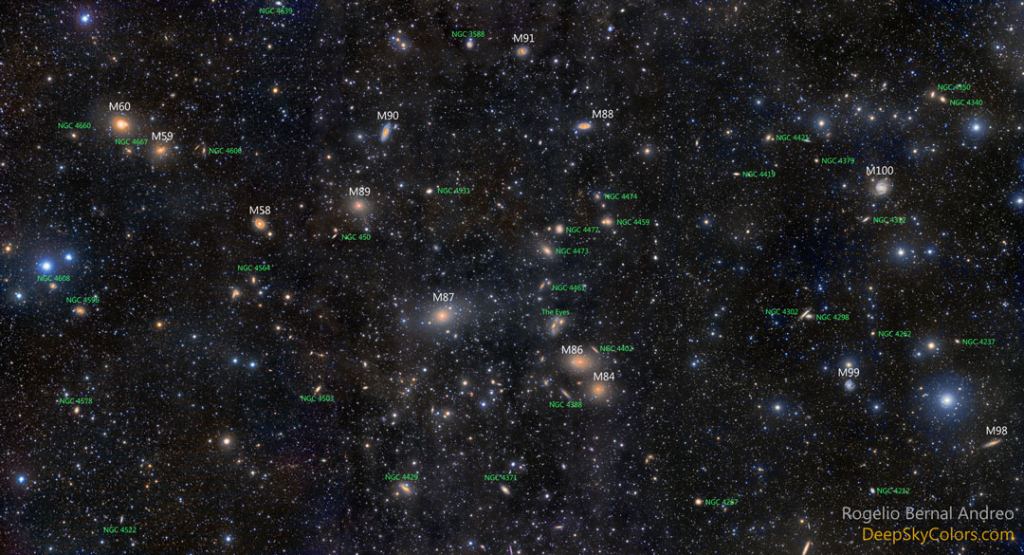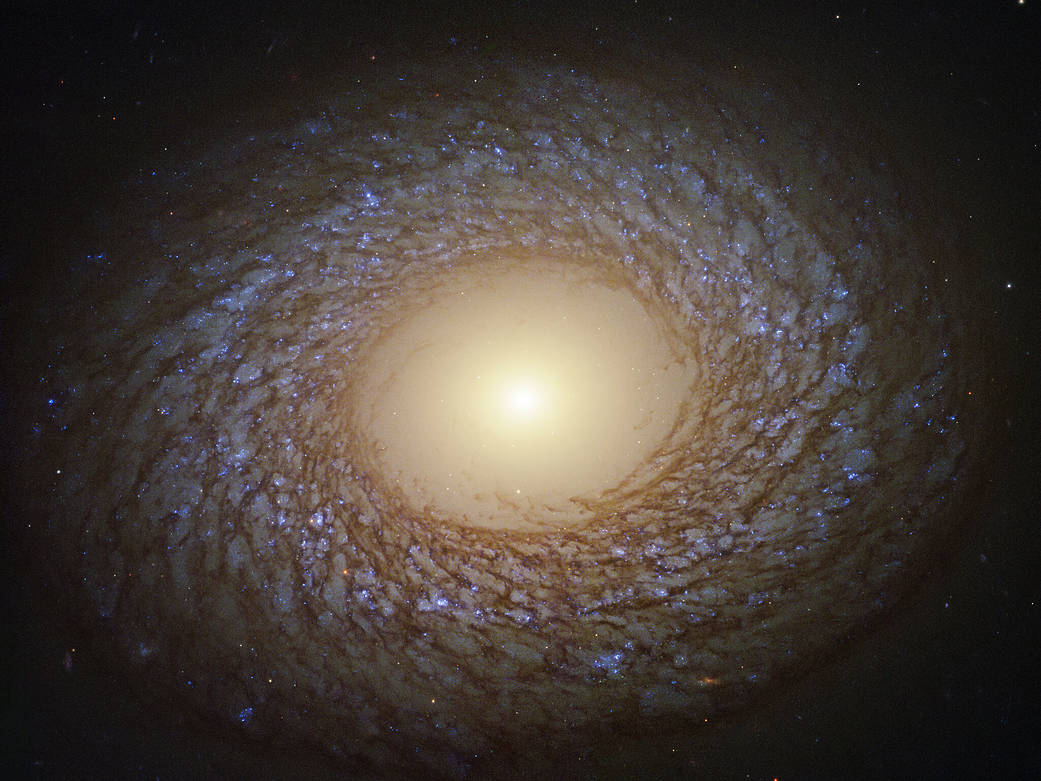Some galaxies are too small, and some galaxies are too big, while others are just right. A new survey of the nearby Virgo cluster has potentially revealed why extreme galaxies are the wrong size, and how they might be connected.
We’re going to talk about two different kind of “extreme” galaxies (I put “extreme” in quotes because it’s pretty hard to define what a “normal” galaxy is in the first place, but let’s go with it for now). The first is a kind of galaxy known as ultra-compact dwarfs, or UCDs. UCDs have way too many stars for their size and look like over-stuffed star clusters. They are thought to be the remnant cores of once-normal galaxies.
On the other end of the spectrum we have the ultra-diffuse galaxies, or UDGs. Quite unlike their ultra-compact cousins, the UDGs are extremely large but diffuse, taking up way too much space for their relatively low level of brightness.
And a pair of recently-published papers may have found a surprising connection between them.
A team of astronomers used the MegaCam, a wide-angle optical camera mounted on the Canada-France-Hawaii Telescope to map out the Virgo Galaxy cluster. This cluster is massive, containing over a thousand member galaxies, and is the closest cluster to our own Milky Way galaxy.
The survey – appropriately named the Next Generation Virgo Cluster Survey – mapped thousands of galaxies of all kinds in and around the Virgo cluster. Through that survey, the astronomers noticed that UDGs tended to sit towards the center of the cluster, a place rich with a violent history of mergers.

Since astronomers suspect that ultra-compact galaxies also have suffered major merger events in their pasts – causing them to lose most of their star-forming gas through tidal interactions – it’s suspicious that the ultra-diffuse galaxies may have also suffered a similar fate.
More work is needed, however, to fully untangle the complicated histories of these extreme galaxies.

